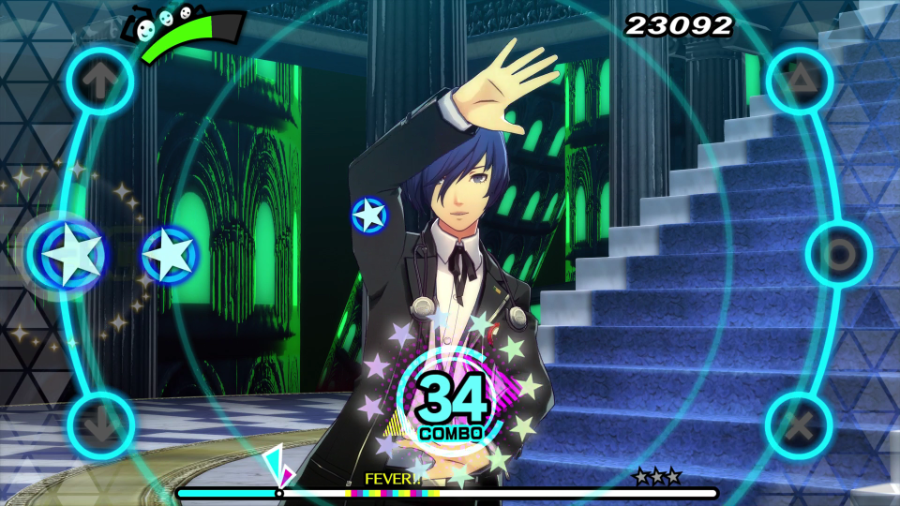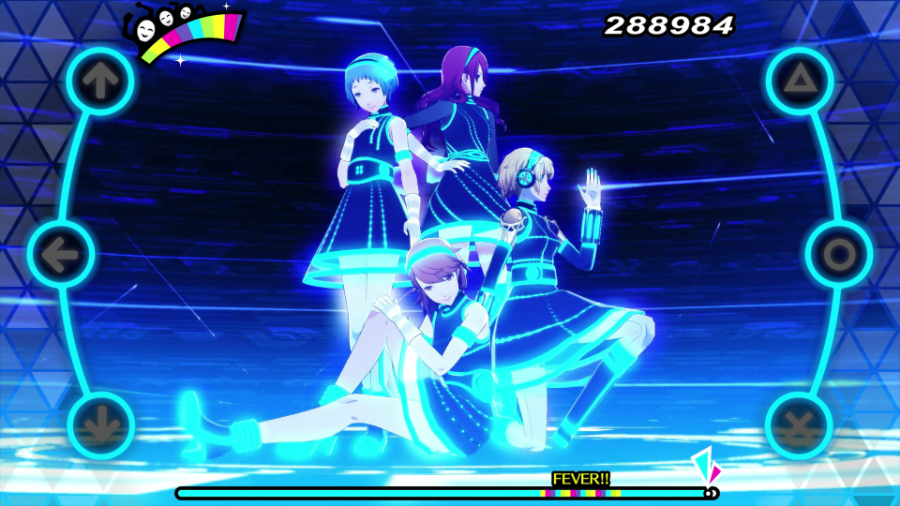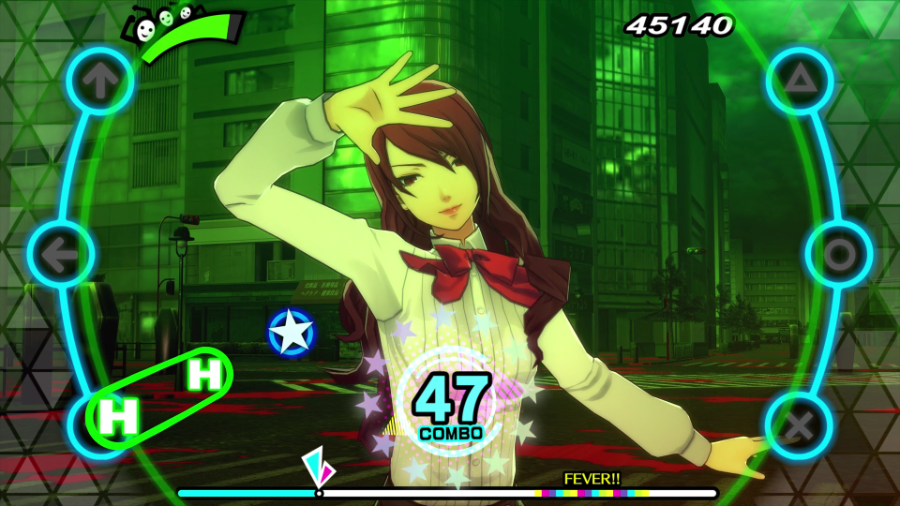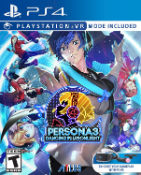Persona 3: Dancing in Moonlight Review
|
|
See PixlBit's Review Policies

On 11/27/2018 at 09:30 AM by Nick DiMola I S.E.E.S. some dancing in your future. |

For all fans of Persona 3 and rhythm games.
One of the first things that drew me into Persona 3 when I picked it up on a whim years ago, was its music. J-Pop has always been a guilty pleasure and Shoji Meguro did it incredibly well in Persona 3. That said, not all of it was J-Pop, Persona 3 featured all sorts of incredible tracks that seemed to perfectly match or even set the mood. So you can only imagine my excitement when I realized Atlus was finally giving the Dancing rhythm game treatment to Persona 3. Like a match made in heaven, Persona 3: Dancing in Moonlight delivers excellent rhythm gameplay that allows you to both spend more time with the beloved cast and enjoy all of the excellent tunes.
Anybody that has played a Persona game before, which I have to assume is the target audience for these Dancing games, knows that the magic of the series is the deft mixture of social interactions and its tight RPG gameplay. Dancing in Moonlight strikes a similar balance with rhythm gameplay in place of the usual RPG play. Partaking in social interactions will unlock fun costumes and gameplay modifiers, and even songs under particular circumstances. Not to mention, they allow you to have more interactions between members of SEES; however, this time it’s always focused around their dancing ambitions and prowess.
While the social interactions are fun and help break up the rhythm gameplay, it’s that gameplay that makes this experience notable and interesting. As has already been mentioned, Persona 3 has a banger of a soundtrack. Lots of great, catchy tunes, most of which have been remixed and spiced up further to give them more oomph and make them even more interesting for this style of gameplay. Key beats in the tracks are transcribed into button presses and record scratches.
Notes emanate from the center of the screen and upon reaching the perimeter you must press or hold the correlating button in beat with the track. On the right side of the controller you’ll press triangle, circle or cross, while on the left side you’ll use up, left and down. Record scratches are accomplished with a flick of the right control stick, but missing them carries no penalty. Each note you hit will be scored on an individual basis with a good, great, or perfect. A good score on a note will break your combo (unless you’re in fever mode), as will a miss. If you’re in the ballpark of being on beat, you’ll manage a great, so the note-level scoring feels pretty fair.
That said, it can be tough to get accustomed to the flow of notes in Dancing in Moonlight. You almost need to focus on the middle of the screen, feel the music and use your peripherals to see exactly where the notes are headed and when they land. That said, notes usually move in a circular pattern around the gamepad and you just need to pay attention to the pace and direction. Before long it’ll feel second nature, but playing on a big TV can be a bit of a challenge regardless. It’s clear why the original, Persona 4: Dancing All Night, targeted the Vita exclusively thanks to its smaller handheld screen.
Upon completion of a track you’ll be rated on your performance ranging from a simple Stage Clear, to Brilliant, to King Crazy if you manage to only get great or perfect ratings. Completing tracks and scoring Brilliant or better are tied up to unlocking social interactions, so performing better will reward you with these events.
While scoring super well on tracks is daunting at first, you’ll naturally improve as the game goes on. However, there’s an opportunity to customize the way the tracks play to help you along the way. Enabling ones that make it easier will reduce your score, they will make the challenge more approachable, or make it easier to accomplish social interaction criteria. For instance, you can turn on auto-scratch (after you unlock it by not using scratch for an entire track) or a modifier where good ratings won’t break your combo.
For those who have mastered a given difficulty, you can actually bolster your score by upping the challenge like making the notes move at weird intervals or disappear before they reach the perimeter of the screen. This also acts as a convenient half-step between Easy, Normal, Hard, and the brutal All Night difficulty. I used some of these modifiers to both unlock other requirements or trophies and to ease into the next level of difficulty. Auto-scratch helped me learn the note patterns without worrying much about bouncing back and forth to the control stick. And though your score is reduced, a brilliant or king crazy rating isn’t withheld by using these modifiers.
You can even just play the tracks and disable the ability to fail. You won’t get a Stage Clear, but you can play along and enjoy the music and the gameplay regardless. It’s a very accommodating system that you can use as a crutch when your skills just aren’t where they need to be yet.
I greatly enjoyed revisiting the Persona 3 universe in Dancing in Moonlight. It’s great to see the full cast and crew in HD with their rooms fully recreated in 3D as well. If you’ve got PSVR, you can even enjoy exploring the rooms of each SEES member as if you were there in person. Dancing in Moonlight makes me yearn for an HD remake/remaster of Persona 3 complete with the upgrades of Persona 3 Portable and the bonus FES content.
If you’re a fan of Persona 3 or rhythm games in general, there’s a lot to love in Persona 3: Dancing in Moonlight. The soundtrack continues to impress even today and the gameplay becomes incredibly addicting once you get the hang of it. Good thing there’s still Persona 5: Dancing in Starlight and Persona 4: Dancing All Night to dig into to continue satiating my Persona Dancing hunger...













Comments